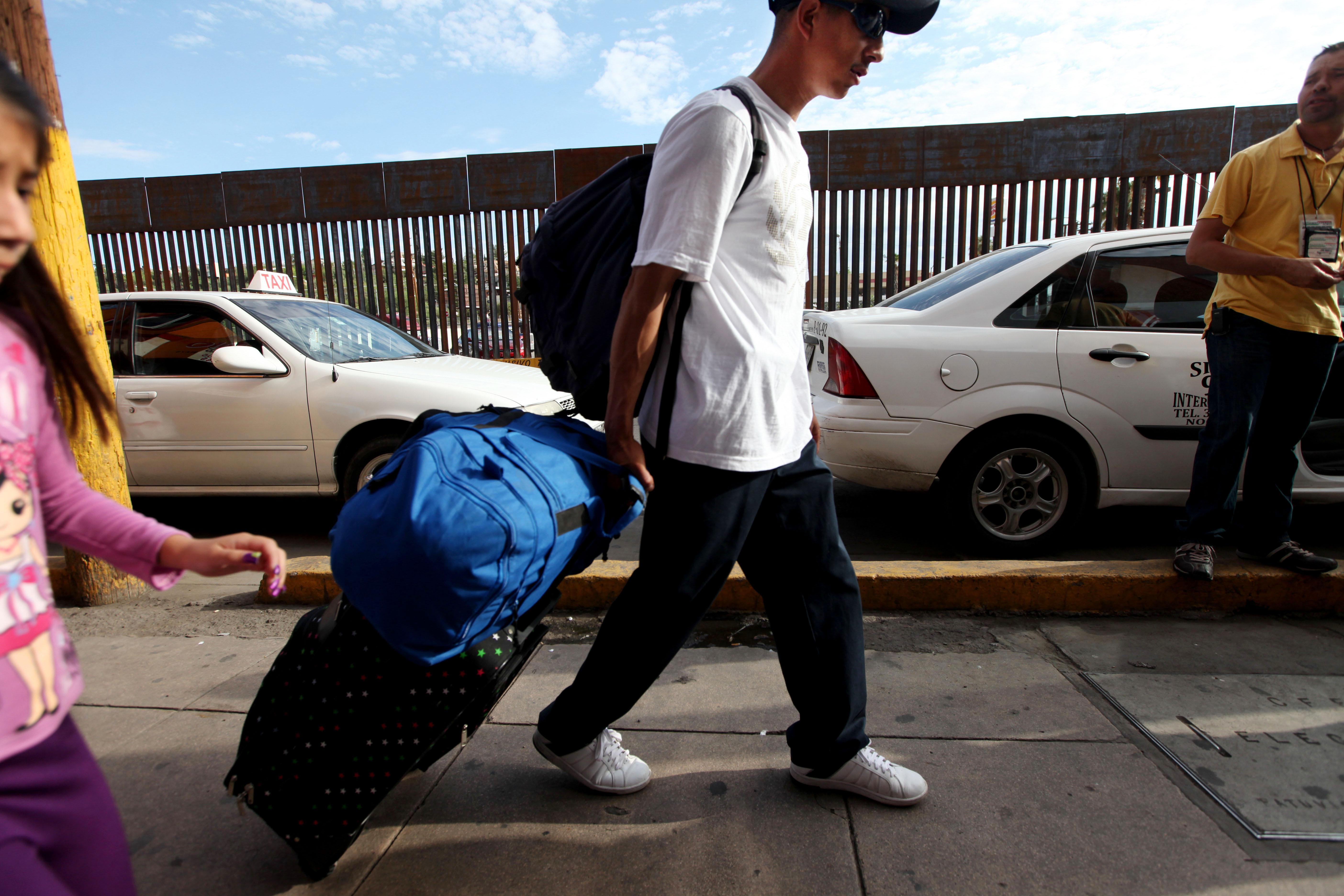Reading over this new study from the Pew Research Hispanic Center, this factoid stuck out:
While the foreign-born population size is a record, immigrants’ share of the total population is below the U.S. peak of just under 15% during a previous immigration wave from 1890 to 1920 that was dominated by arrivals from Europe.
Not only that, the rate of illegal immigration has actually slowed down since 2007. Granted, the results aren’t statistically significant—it must be difficult to take a head count of people purposefully trying to avoid being detected. But another Pew study from last April shows that net migration from Mexico trailed off between 2005 and 2010. But that may speak more to the state of our own economy:
The standstill appears to be the result of many factors, including the weakened U.S. job and housing construction markets, heightened border enforcement, a rise in deportations, the growing dangers associated with illegal border crossings, the long-term decline in Mexico’s birth rates and broader economic conditions in Mexico.
So immigrants’ share of the U.S. population is big, but still not as big as that of the late 19th and early 20th century, and Mexican immigration is at a net low for the first time in at least five years.
